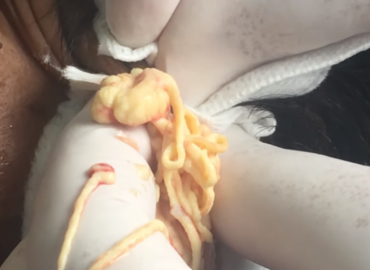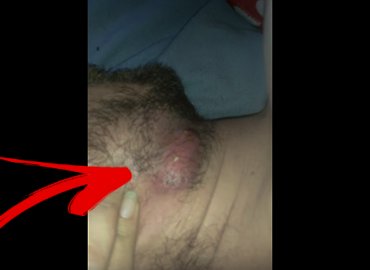Cysts are closed capsule or sac-like structures, typically filled with liquid, semisolid, or gaseous material, very much like a blister. In this article we will describe the various types.
Cysts occur within tissue and can affect any part of the body. They vary in size from microscopic to the size of some team-sport balls – large cysts can displace internal organs.
In anatomy, a cyst can also refer to any normal bag or sac in the body, such as the bladder. In this article, cyst refers to an abnormal sac or pocket in the body that contains liquid, gaseous, or semisolid substances.
A cyst is not a normal part of the tissue where it is located. It has a distinct membrane and is separated from nearby tissue – the outer (capsular) portion of a cyst is called the cyst wall. If the sac is filled with pus it is not a cyst; it is an abscess.
What causes cysts?
Common causes of cysts include:
- tumors
- genetic conditions
- infections
- a fault in an organ of a developing embryo
- a defect in the cells
- chronic inflammatory conditions
- blockages of ducts in the body that cause fluids to build up
- a parasite
- an injury that breaks a vessel
Benign and malignant cysts
Most cysts are benign and are caused by blockages in the body’s natural drainage systems. However, some cysts may be tumors that form inside tumors – these can potentially be malignant. Examples include keratocysts and dermoid cysts.
Symptoms of cysts
Signs and symptoms vary enormously depending on what type of cyst it is. In many cases, a person becomes aware of an abnormal lump, particularly in cases with cysts of the skin or when a cyst is just below the skin. A person may notice a cyst in their breasts when they examine them by touching them. Breast cysts are often painful.
Some cysts in the brain can cause headaches, as well as other symptoms.
Many internal cysts, such as those in the kidneys or the liver, may not have any symptoms and go unnoticed until an imaging scan (MRI scan, CAT scan, or ultrasound) detects them.
Treatments for cysts
Treatment for a cyst will depend on various factors, including the type of cyst, where it is, its size, and the degree of discomfort it is causing.
A very large cyst that causes symptoms can be surgically removed. Sometimes, the doctors may decide to drain or aspirate the cyst by inserting a needle or catheter into the cavity. If the cyst is not easily accessible, drainage or aspiration is often done with the help of radiologic imaging so that the doctor can accurately guide the needle/catheter into the target area.
Sometimes, doctors examine the aspirated liquid under a microscope to determine whether cancerous cells are present.
If doctors suspect the cyst might be cancerous, it may be removed surgically, or they may order a biopsy of the capsule (cyst wall).
Many cysts arise as a result of a chronic or underlying medical condition, as may be the case with fibrocystic breast disease or polycystic ovary syndrome – in such cases, the focus of treatment is on the medical condition.







